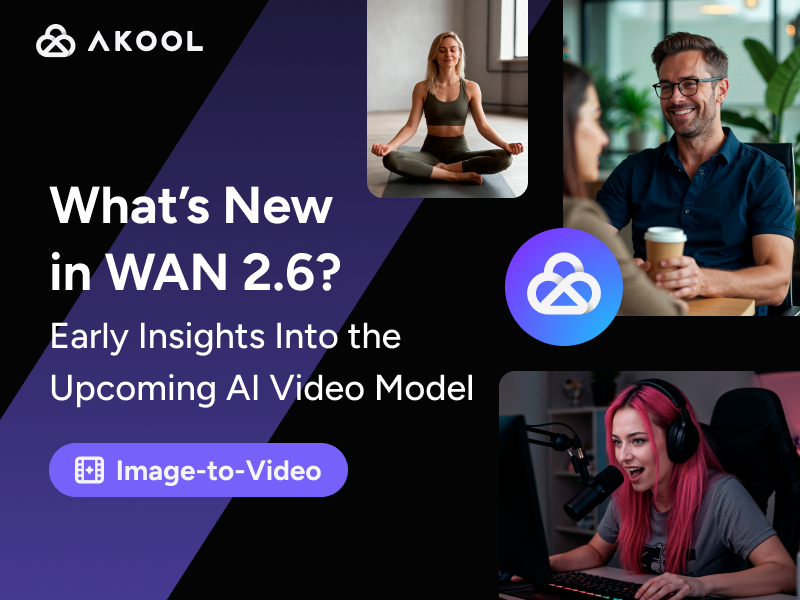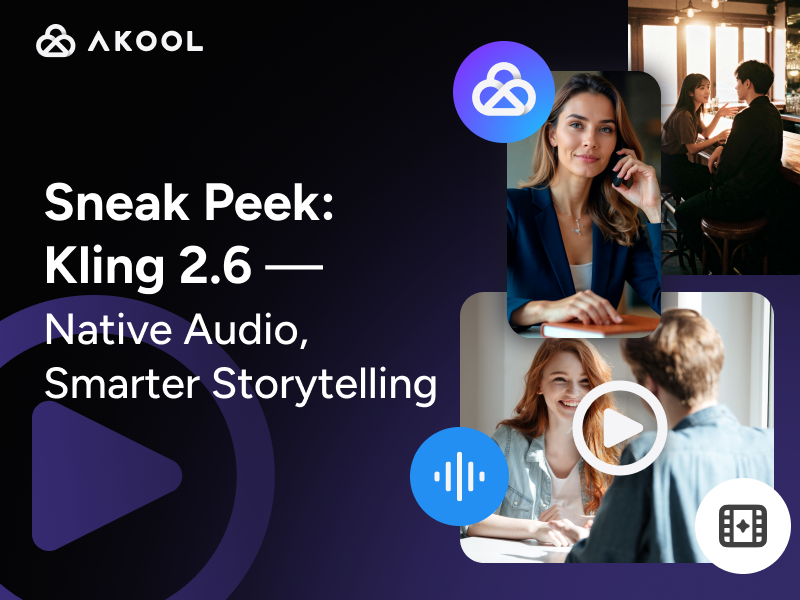Introduction to AI for Compensation Analysis
AI for compensation analysis leverages machine learning algorithms to evaluate and optimize salary structures. It automates data collection, analyzes industry benchmarks, and identifies pay disparities. Useful formulas include predictive modeling for future salary trends and variance analysis to assess pay equity. This technology enables creative agencies to make data-driven decisions, improving fairness and competitiveness in compensation strategies.
How to Use AI for Compensation Analysis
Implementing AI for compensation analysis can streamline your compensation strategies, ensuring they are both fair and competitive. Here's a step-by-step guide to help creators and creative agencies effectively use AI tools:
1. Understand Key Definitions
- Compensation Analysis: The process of evaluating and optimizing salary structures.
- Machine Learning Algorithms: These are used to identify patterns and predict trends in compensation data.
2. Gather and Prepare Data
- Data Collection: Automate the gathering of salary data, industry benchmarks, and internal pay structures.
- Data Cleaning: Ensure data accuracy by removing duplicates and correcting inconsistencies.
3. Choose the Right AI Tools
- Salary Benchmarking Tools: Identify tools that analyze market trends to recommend competitive salaries.
- Pay Equity Analysis Software: Use these to detect and address pay gaps across different demographics.
4. Apply Machine Learning Algorithms
- Regression Analysis: Utilize for forecasting future salary trends.
- Clustering Techniques: Group similar roles to streamline compensation decisions.
5. Conduct Predictive Modeling
- Historical Data Analysis: Analyze past data to anticipate salary trends and budget needs.
6. Perform Variance and Benchmarking Analysis
- Variance Analysis: Compare actual salaries with expected values to uncover any disparities.
- Benchmarking: Use AI-driven comparisons to align compensation with industry standards.
7. Optimize Compensation Strategies
- Optimization Algorithms: Implement these to adjust pay structures, ensuring alignment with budget constraints and strategic goals.
8. Regular Review and Adjustment
- Continuous Monitoring: Regularly review AI-generated insights to keep compensation strategies up-to-date with market changes.
By following these steps, creators and creative agencies can effectively utilize AI for compensation analysis, fostering equitable and competitive pay practices. For additional insights into the role of AI in human resources, consider exploring AI in Human Resources.
Applications of AI for Compensation Analysis
AI for compensation analysis is transforming how creators and creative agencies manage pay structures. Here are some key applications:
- Salary Benchmarking: AI tools can analyze industry standards and market trends to recommend competitive salaries.
- Pay Equity Analysis: Identify and rectify pay disparities across gender, ethnicity, or other demographics.
- Performance-Based Compensation: AI can link compensation to performance metrics, ensuring fair and motivating incentives.
- Budget Forecasting: Predict future compensation expenses by analyzing historical data and market shifts.
- Contract Negotiation: Use AI to simulate various compensation scenarios to aid in negotiations.
These applications help streamline compensation decisions, ensuring fairness and competitiveness in the creative industry. For more HR-focused AI tools, you might want to explore AI for HR.
Technical Insights into AI for Compensation Analysis
AI for compensation analysis uses machine learning to transform salary structure management. Key components include:
| Technical Component | Description |
|---|---|
| Data Aggregation | AI automates the collection of vast datasets, considering industry norms and internal pay structures for comprehensive assessments. |
| Machine Learning Algorithms | These algorithms identify patterns and predict salary trends. Common models include regression analysis for forecasting and clustering to group similar compensatory roles. |
| Predictive Modeling | By analyzing historical data, AI anticipates future salary trends. This involves regression models that project salary growth based on market fluctuations and internal performance metrics. |
| Variance Analysis | AI conducts variance analysis to detect pay disparities. This involves comparing actual salaries against expected values to uncover inequities across demographics. |
| Benchmarking Analysis | AI evaluates compensation against industry standards. It uses large-scale data comparisons to recommend adjustments that align with market trends. |
| Optimization Tools | AI employs optimization algorithms to refine compensation structures, ensuring alignment with strategic goals and budget constraints. |
By integrating these technical elements, AI for compensation analysis enhances decision-making, allowing agencies to maintain equitable and competitive salary structures. For further exploration of AI applications in recruitment, check out AI Recruiting Tools.
Useful Statistics on AI for Compensation Analysis
AI for compensation analysis is rapidly transforming how organizations evaluate and manage pay structures. Here are some key statistics that highlight the impact and utility of AI in this field:
- Adoption Rate: According to a 2023 report by the World Economic Forum, over 60% of large enterprises have adopted some form of AI-powered compensation analysis tools.
Explanation: This statistic underscores the growing trust and reliance on AI technologies to enhance traditional compensation processes. By adopting AI, companies can streamline their salary benchmarking, identify pay disparities, and ensure equitable compensation practices.
Efficiency Improvement: A survey by Deloitte in 2023 found that organizations using AI for compensation analysis reported a 30% reduction in time spent on salary reviews and adjustments.
Explanation: This efficiency gain is crucial for creative agencies and developers where time is often of the essence. By minimizing the manual workload, teams can redirect their focus towards more strategic activities, such as talent development and retention strategies.
Accuracy Enhancement: A study by McKinsey in 2023 revealed that AI-driven compensation analysis can improve accuracy in salary assessments by up to 25%.
Explanation: For creators and developers, this means more precise and fair compensation assessments, which can lead to improved employee satisfaction and reduced turnover rates. AI's ability to analyze vast datasets and recognize patterns ensures that compensation is competitive and aligned with industry standards.
Cost Savings: Research from Gartner in 2023 indicated that companies using AI for compensation management can achieve up to a 40% reduction in administrative costs.
- Explanation: By automating repetitive tasks and reducing errors, AI not only saves time but also reduces the need for extensive human resources involvement in compensation analysis. This cost efficiency is particularly beneficial for creative agencies operating within tight budgets.
These statistics highlight the transformative potential of AI in compensation analysis, driving efficiency, accuracy, and fairness in pay structures across industries. For insights into how AI can support employee engagement, consider reading about AI for Employee Engagement.
Frequently Asked Questions
What is AI for compensation analysis?
AI for compensation analysis leverages artificial intelligence to evaluate and optimize employee pay structures, ensuring equitable and competitive compensation packages.
How does AI improve compensation analysis accuracy?
AI enhances accuracy by processing vast amounts of data, identifying patterns, and providing insights into market trends, helping businesses make informed compensation decisions.
Can AI tools help with pay equity analysis?
Yes, AI tools can analyze compensation data to identify pay gaps and recommend adjustments, promoting fairness and compliance with pay equity regulations.
What are the benefits of using AI for salary benchmarking?
AI for salary benchmarking provides real-time insights into industry standards, helping organizations set competitive salaries that attract and retain top talent.
How can AI-driven compensation analysis aid in employee retention?
By ensuring competitive and fair pay, AI-driven compensation analysis can improve employee satisfaction and reduce turnover, enhancing overall retention rates.
Is AI for compensation analysis suitable for all industries?
Yes, AI tools can be customized to fit various industries, offering tailored insights and solutions that align with specific market dynamics and compensation structures.
How secure is the data used in AI compensation analysis?
AI compensation analysis services prioritize data security, employing advanced encryption and compliance with data protection regulations to safeguard sensitive information.
What role does machine learning play in compensation analysis?
Machine learning algorithms continuously learn from data inputs, improving the predictive accuracy of compensation models and adapting to changing market conditions.
For further reading on AI's impact across various HR functions, explore HR AI Tools.




